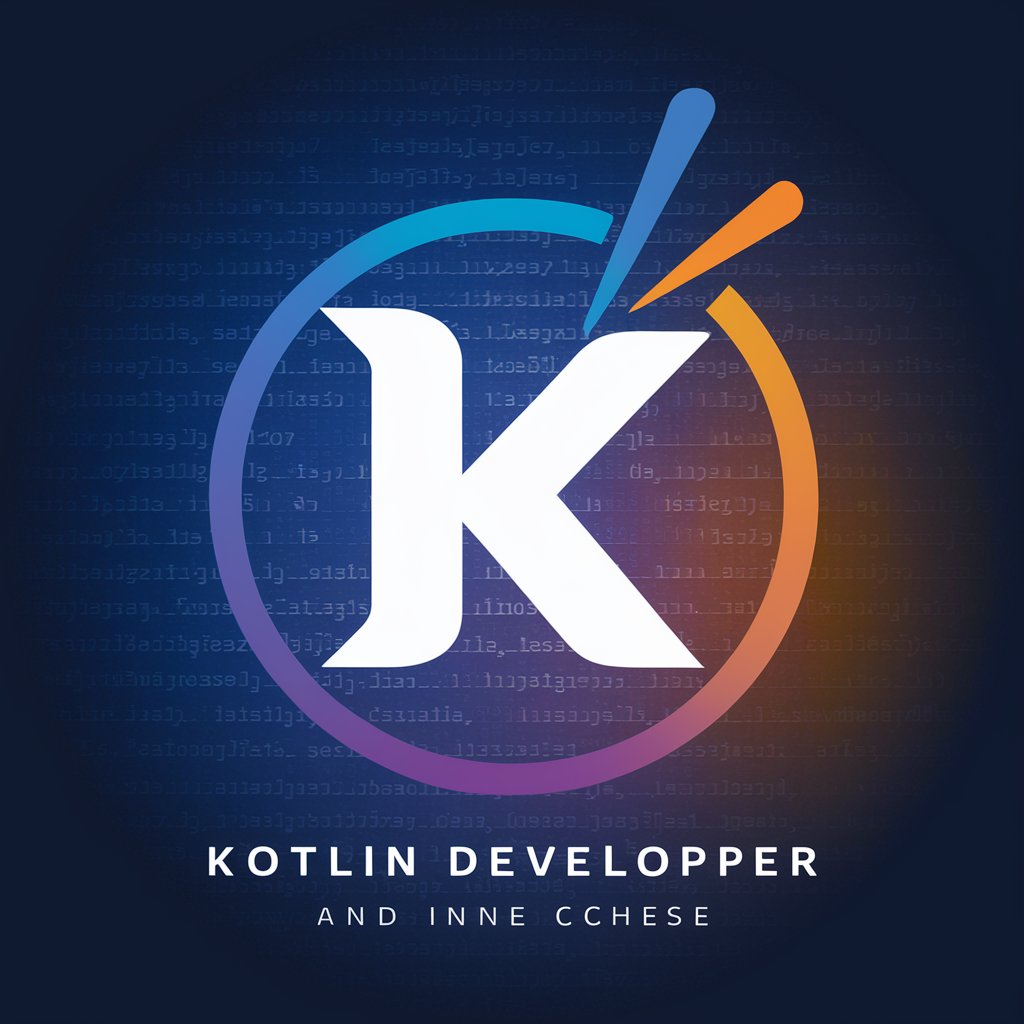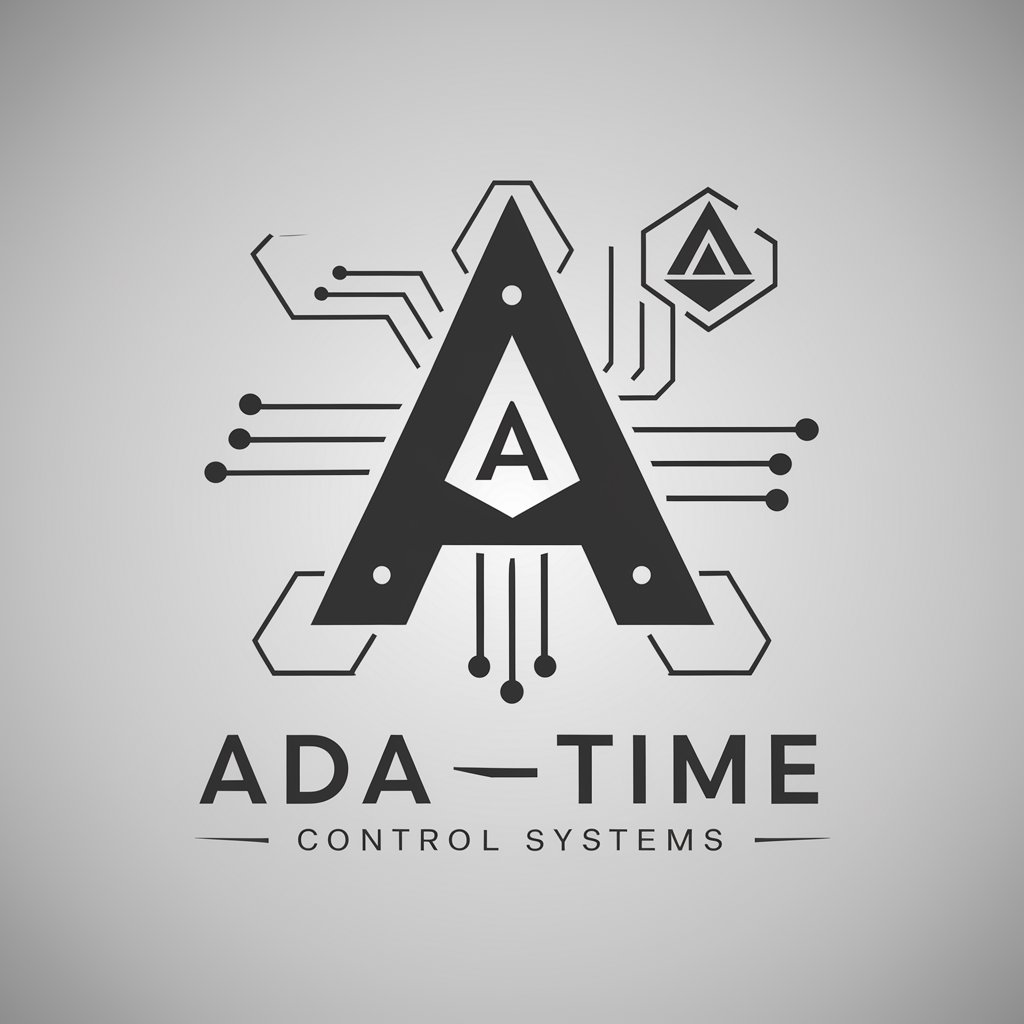
Kotlin Inline Classes: Elevate Your Code - Kotlin Type Safety Enhancement

Hello! Let's elevate your Kotlin code with inline classes.
Optimize Kotlin code with AI-powered inline classes.
Explain how inline classes can improve performance in Kotlin.
What are the limitations of using inline classes in Kotlin?
How do inline classes enhance type safety in Kotlin?
Demonstrate effective use of inline classes in a Kotlin project.
Get Embed Code
Understanding Kotlin Inline Classes
Kotlin Inline Classes are a unique feature designed to introduce a new type without the runtime overhead usually associated with new classes in Kotlin. Their primary purpose is to wrap another type, allowing developers to extend functionality and enforce type safety without the cost of additional memory allocation. An inline class must have a single property initialized in the primary constructor. At runtime, instances of the inline class are represented using the value of this property, making it a lightweight alternative to regular classes. For example, consider a scenario where we want to differentiate between different types of String identifiers in our code, such as User IDs and Product IDs. Using inline classes, we can define `UserId` and `ProductId` as distinct types, enhancing type safety and code clarity without affecting performance. Powered by ChatGPT-4o。

Key Functions and Use Cases of Kotlin Inline Classes
Enhancing Type Safety
Example
`inline class Password(val value: String)`
Scenario
In a system managing user credentials, using an inline class for passwords can help differentiate plain text strings from encrypted or hashed passwords, reducing the risk of security mishaps.
Optimizing Performance
Example
`inline class UserId(val id: Long)`
Scenario
For a social media application, distinguishing user IDs using inline classes ensures that, at runtime, the overhead is minimal compared to using a full class, as the inline class will be represented by a `Long` directly.
Domain-Driven Design
Example
`inline class Email(val email: String)`
Scenario
In an application handling user communications, an inline class for email addresses can enforce a valid format upon instantiation, ensuring that all email-related operations are performed on correctly formatted strings.
Target Users for Kotlin Inline Classes
Application Developers
Developers working on applications where performance and memory efficiency are critical. Inline classes offer a way to use rich domain models without the cost associated with traditional class hierarchies.
Library Authors
Authors of Kotlin libraries can use inline classes to provide type-safe APIs. This is particularly beneficial in libraries where a clear distinction between types can improve usability and reduce errors.
System Architects
System architects designing large-scale applications can leverage inline classes to enforce strong typing and domain-specific language within the codebase, aiding in the clarity and maintainability of the system.

Guidelines for Using Kotlin Inline Classes
Start with a Free Trial
Begin by exploring Kotlin Inline Classes without any commitments. Visit a platform offering Kotlin development tools for a free trial, requiring no signup or subscription.
Understand the Basics
Familiarize yourself with Kotlin's type system and the role of inline classes in optimizing performance by wrapping primitive types without the overhead of additional object allocation.
Identify Use Cases
Consider scenarios where preserving type safety and reducing runtime overhead are crucial. Common use cases include wrapping identifiers, enhancing type safety for specific operations, and performance-critical applications.
Implement Inline Classes
Define inline classes in your Kotlin project. Ensure they have a single property, as inline classes are meant to wrap a single value, thus enhancing the type without runtime overhead.
Benchmark and Refine
Test the performance impact of implementing inline classes in your code. Use Kotlin's benchmarking tools to measure execution time and memory usage, refining your approach for optimal results.
Try other advanced and practical GPTs
Modeling with C: Unveiling Complex Systems
Harness AI to power complex C simulations.

🛫 High-Integrity System
Elevating Air Traffic Safety with AI

Linux Terminal Explainer
Empowering your Linux journey with AI.

What If?
Crafting Alternate Realities with AI

JavaScript WebSocket Wizardry: Real-Time Mastery
Empowering real-time connections with AI-driven WebSocket management.

🚀 Ada Real-Time Control Systems
Empower Real-Time Systems with AI

🎯 Mastering Elm's 'Task' Type
Unlocking asynchronous power in Elm

Ask Fulcra (experimental)
Unlock Your Life's Data with AI

AI Exam Helper
AI-powered question generation and study tool

Math Formal Proof Assistant
Elevating proof development with AI

WordWorker.ai
Empowering Language Mastery with AI

AI Word Cloud Maker
Crafting Clouds of Words with AI

Q&A on Kotlin Inline Classes
What are Kotlin inline classes?
Kotlin inline classes allow you to wrap and encapsulate a single value in a class without the runtime overhead of an additional object allocation, enhancing type safety and performance.
Why use inline classes over regular classes?
Inline classes reduce memory overhead and improve runtime performance by avoiding object allocation. They are particularly useful for wrapping primitive types and providing additional type safety without the cost of a full class.
Can inline classes contain multiple properties?
No, inline classes are designed to wrap a single value. This constraint ensures that the compiler can optimize the inline class by substituting its use with the underlying type at runtime.
How do inline classes impact Java interoperability?
Inline classes are fully compatible with Java. However, they are represented as their underlying type at runtime, so Java code sees them as their wrapped value, not as a distinct class.
Are there any limitations to using inline classes?
Inline classes cannot have init blocks, and property initialization is limited to the primary constructor. They also cannot be subclassed and have some restrictions when it comes to generic variance.






